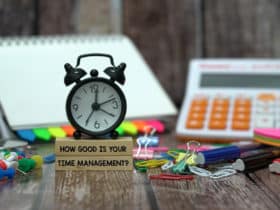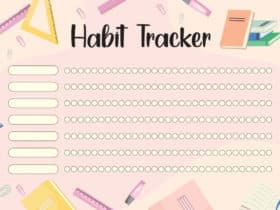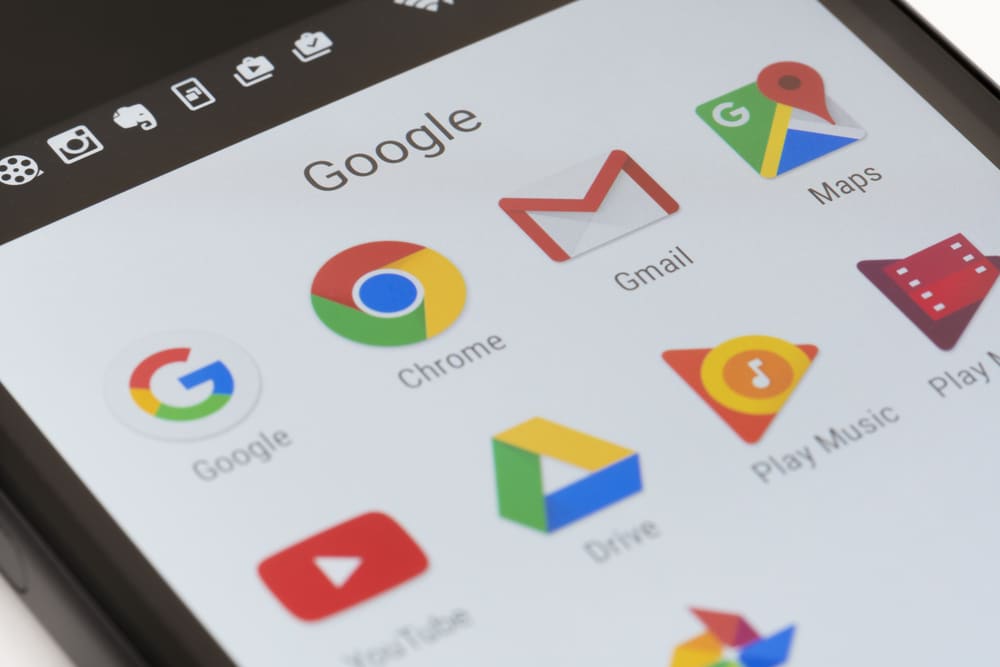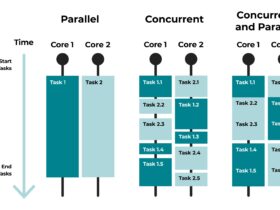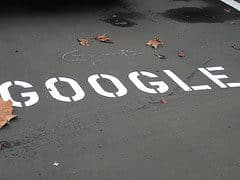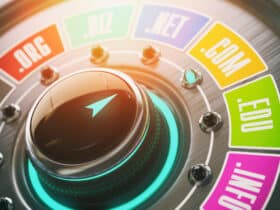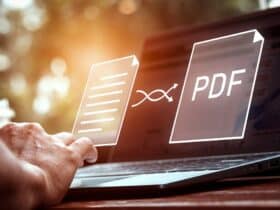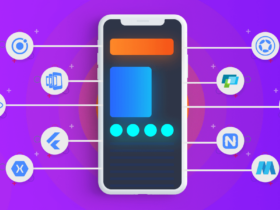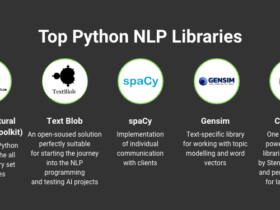Yes, many productivity experts use Macs and OmniFocus for their GTD workflows. But you don’t have to change computer platforms and buy expensive software to follow the Getting Things Done method. Google Apps has everything you need for your GTD process. In fact, Google Apps is so flexible, you can mold it to many productivity methodologies.
There are several benefits to using Getting Things Done (GTD) with Google Apps:
- It works on all platforms.
- It’s portable (no extra software to buy for your mobile device).
- The tools are free.
- You get full coverage of all parts of the GTD process.
- It’s simpler than having separate apps that don’t integrate.
- You can share your lists and tasks with team members.
In this article, I’ll show you:
- How the tools map to each part of the GTD workflow,
- How to set up the tools, and
- How to use Google Apps to go through inbox processing and the whole GTD workflow.
GTD Processing Workflow
You may be familiar with the workflow chart for processing your inbox.
Now, let’s see how those steps map to Google Apps. There is at least one tool that will work for each part of the process, and in some cases, you get a choice. Try them and see what works best for you.
So, what do you need to make it work?
Tools for the Google Apps GTD Workflow
The regular Gmail interface is fine. You don’t have to switch to Inbox. In fact, I think Inbox by Gmail violates important productivity principles, so unless you’ve already switched, I don’t recommend it.
Calendar
This is great for timeblocking and for tasks with due dates.
Project & Next Action Lists
Depending on your specific work and whether you work in a team, different tools will be more appropriate.
- Team project lists and notes are well-suited to Google Docs.
- Your personal next action lists work quite well in both Keep and Reminders. The advantage of Keep is that you can have items without due dates, and you can tag them. Reminders, on the other hand, are a little quicker to set. Both Keep and Reminders due dates will show in your calendar.
Reference area
- Google Docs is perfect for storing project materials in a way that’s both hierarchical and searchable.
- Gmail is a searchable reference material archive. Just hit the archive button, no need to file into folders, unless you have trouble remembering the keywords that you would use to search for the materials.
- Keep is perfect for storing smaller bits of information.
Someday/maybe lists
Keep and Google Docs both work here. Do set a reminder in your calendar to review them periodically.
If you have a Google mail account, you already have access to all the tools listed. Are you ready to get them configured for GTD? This will take 20-30 minutes to do everything, but you probably have some of this configured already.
How to set up your GTD workflow in Google Apps
Reminders
Time required: 5 minutes
In your desktop Google calendar, look in the left-hand side where you find “My calendars.”
Make the Reminders calendar visible, if it isn’t already, by clicking on the white square.
You may see Tasks instead of Reminders. In that case, click the triangle and switch to Reminders.
When you are ready to add a Reminder, click in your calendar as if to create an event, and switch to Reminder.
Reminders will appear in your calendar on the day or at the specific time when you need them.
Keep
Time required: 5 minutes
Go to keep.google.com, and start typing where it says Take a Note. Use labels to categorize the notes into subject areas. Take advantage of the eight color coding options to make important notes stand out within your labels.
- Pin important notes to the top of the screen.
- Use drawings in your notes to help you remember ideas.
- Set due dates for next actions that have hard deadlines.
- If an item becomes an active project, copy it to drive to keep your original thought process intact.
Docs
Time required: 5-10 minutes
Set up folders for each project. Document everything about a project as you go, including initial notes, meetings, etc.
Calendar
Time required: 5 minutes
Other than setting up reminders, there’s nothing to set up on the desktop side. Install the Google Calendar mobile app, because it works great for adding and showing reminders. I enjoy the cute graphics, and it’s easy to check what’s coming up the next day before I head off to bed each night.
Now, shall we get to work?
The GTD with Google Apps Workflow in Practice
The five phases of the GTD workflow are: Capture, Clarify, Organize, Reflect, and Engage. (For a refresher on GTD processing, check out my GTD cheatsheet series.) Here is how I recommend to use Google Apps for a workflow. Try out different variations and see what works for you.
Step 1: Capture – collect everything that is competing for your attention.
- Email files itself into your inbox – nothing to do here.
- Meetings – capture notes in Docs or put your paper notes into an inbox.
- Ideas – capture in Keep and treat it as an inbox by using a label for unsorted ideas. Keep even has a web clipper so you can save ideas from articles.
- To-do – Create Reminders on the spot – this works well from Google Calendar mobile app.
Step 2: Clarify – define concrete action steps.
- What is it? Is it actionable?
- If it’s not actionable, trash it or file it. For filing, see Step 3: Organize.
- Is it less than a 2 minute action? – Do it now.
- Is it more than a 2 minute action? Defer it.
- Project-related actions go into Docs for later.
- Tasks go immediately in Keep, Reminders or a Calendar event.
- Does it need to be delegated? Email it, and label it before you hit send.
- If you have a team, label with team member’s name.
- If you don’t have a team, label it @WAITINGFOR.
- Set up a recurring reminder to check the folder/label.
Step 3: Organize – sort information so it’s there when you need it.
- Someday/maybe – Use a Google Doc or a Keep label. Set a reminder to periodically review the list.
- Reference – Put small pieces of information in Keep and large pieces in Docs.
- If the you will need the information for a specific time, put it right into your Calendar event. That could be a meeting agenda or reference material that you need to work on a task.
Step 4: Reflect – review regularly.
- Set up your review periods for your lists, and make them into recurring Reminders or Calendar events.
Step 5: Engage – do the right work at the right time.
- At the end of your day, look through your next action lists and pick the most important 1-3 items to accomplish the next day.
- Reminders and Calendar events will remind you of deadlines at the right times. You can even set up pre-reminders to let you know that a big deadline is coming up.
Google Apps is a good alternative to OmniFocus for Windows. While it’s not as purpose-built as the paid apps, it is far more flexible.
Are you using GTD with Google? What is working for you, and is there anything that doesn’t quite fit?




